The 2017 Chevrolet Bolt: Here It Is, Whatever It Is

General Motors CEO — and Chairwoman! — Mary Barra unveiled on Wednesday the 2017 Chevrolet Bolt at the Consumer Electronics Show in Las Vegas.
The compact electric car had already broken cover earlier in the day (oops), but the first look at Chevrolet’s “production” electric car raised more questions than it gave answers.
According to Barra, the car will be produced sometime late this year and sell for around $30,000 after tax incentives. The Bolt will run for 200 miles, either on a charge that will take “overnight” for a full battery, or one hour to 80 percent using a DC fast charger.
It’s unclear when and where it will go on sale, or what its batteries are made of. Oh well, at least we can talk about its “gamification!”
Barra covered all the bases for the CES crowd, however: the Bolt will sport a 10.2-inch touchscreen with “flip-board” style operation, which may be the next generation of MyLink; the car’s rear camera mirror and “top-down” view at low speeds; and, Chevrolet’s new mobile app.
Given the advertised range, it’s hard to imagine how the Bolt would suffice with anything less than 60 kWh Li-ion batteries, but I guess we’ll have to wait until Detroit to know for sure.

More by Aaron Cole
Latest Car Reviews
Read moreLatest Product Reviews
Read moreRecent Comments
- Redapple2 The facility opened in 1987 ........................... Well. I was at GMAD Fairfax in 1981 so i m scratching my head on this one.
- Jeff When Chevrolet started offering vehicles with features that were exclusive to Cadillac and Buick and Cadillac cheapened their cars to chase volume that was the beginning of the decline of the Cadillac brand. The same thing holds true for Ford and Lincoln. No compelling reason to buy the luxury brand over the lower tiered brand when the lower tiered brand can be comparably equipped for thousands less.
- Lou_BC On a different note, I read that 30% of the world's energy is now generated by "renewable" sources.
- Kjhkjlhkjhkljh kljhjkhjklhkjh not surprised their grid is as terrible as ours ...
- Lou_BC EV's are a convenient foil. Cadillac has been searching for its place. Are are they luxury performance? In your face audacious? Do they offer prestige? What sets them apart from the rest of "the look at me I'm special" vehicle market? I can buy a Denali SUV or pickup with similar luxury.
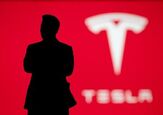














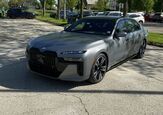











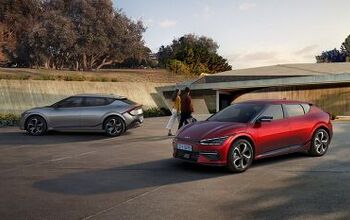
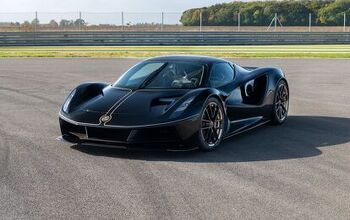

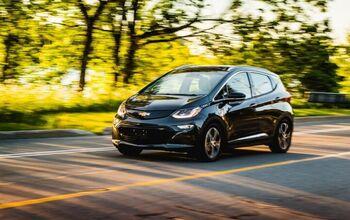
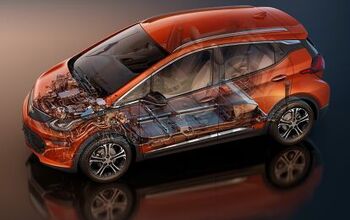
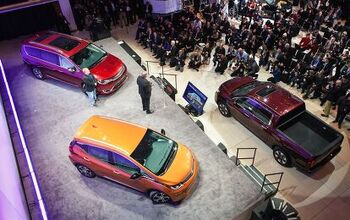
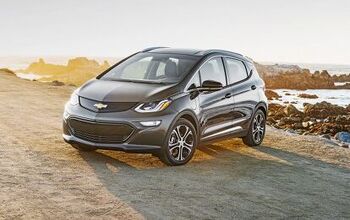
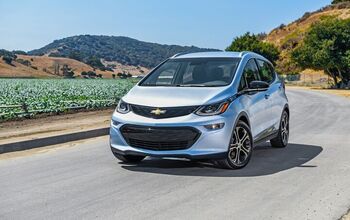
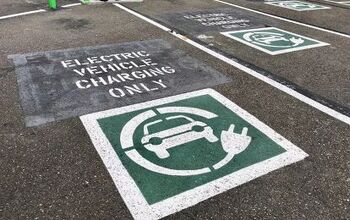

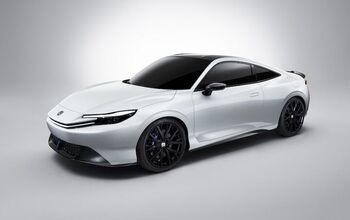



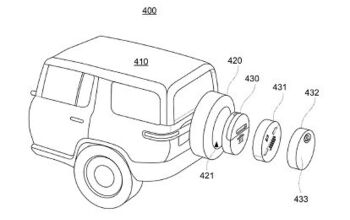



Comments
Join the conversation
If this has a true 200 mile range (under favorable conditions) and no less than 120 miles (under worst-case), as well as only using 80% or so of battery capacity (for long life), Chevy has made the next *big* step in EV adoption. It's an adorable little thing, too.
Fawning coverage of the Bolt (and Mary Barra) in Wired magazine... http://www.wired.com/2016/01/gm-electric-car-chevy-bolt-mary-barra/